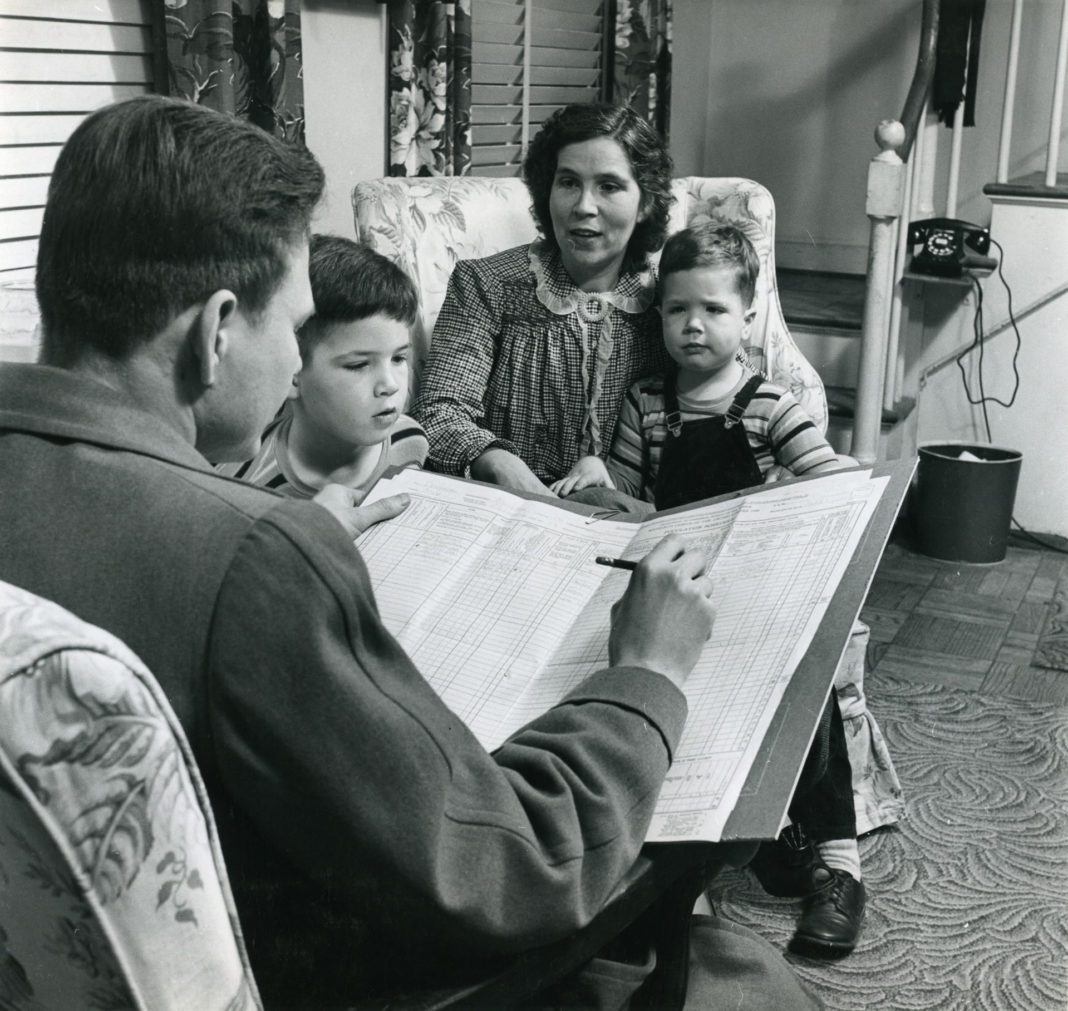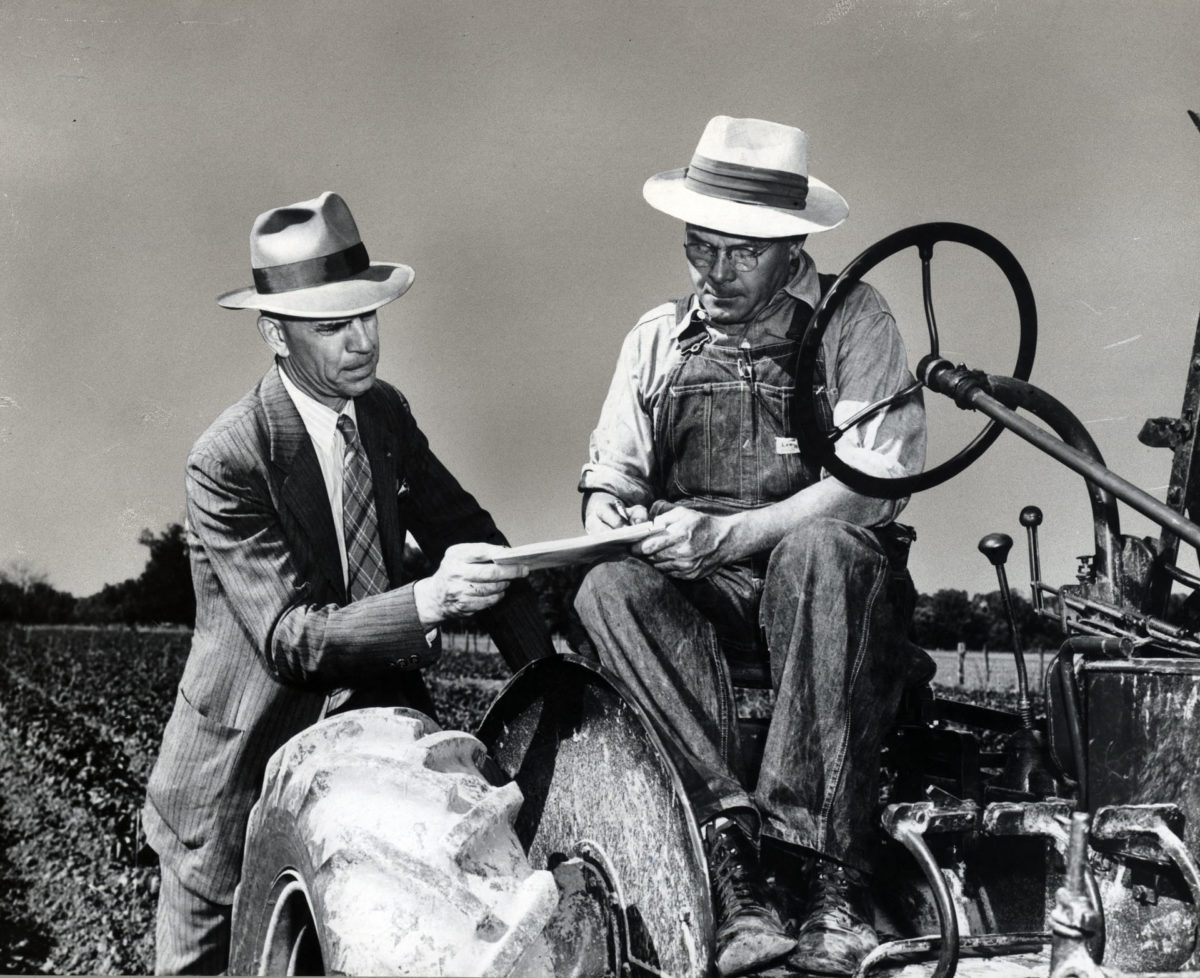Aaron Pope has seen lots of smiles and a few tear-filled eyes since the long-awaited 1950 census records were released on April 1.
As the Genealogy Resource Center coordinator for the Tulsa City-County Library, Pope is in the business of helping people find and learn more about their ancestors.
“People are thrilled to be able to get more information about their loved ones,” he says. “A lot of people are looking for their grandparents.” Pope is among them.
Numbers and other general information from the 1950 census have long been available, but specific, personal census information is released only every 10 years, after a mandatory wait of 72 years for privacy reasons.
People who were born in January, February or March of 1950 appear for the first time on census records, and that includes Pope’s father, Billy, who was born in January of that year. Pope easily found his paternal grandparents, but was still working in May to track down some maternal ancestors.
“Mom’s family moved a lot,” he says.
But even transient families were more likely to be counted in 1950 than ever before. Between April 1-13, he says, enumerators (census-takers) went at night to hotels and campgrounds, looking for people who were living in motor homes or those who, for whatever reasons, did not have permanent addresses.
Edmond genealogist Jan Beattie says there’s “all kinds of new information to discover about your ancestors and family on the 1950 census. I found it fascinating to discover home values, if they had electricity, if they owned a car, and detailed information about their occupation,” she says.
About 140,000 census-takers went door-to-door in April 1950 and filled out census forms by hand; the 1960 census would be conducted largely by mail. Efforts made in 1950 to improve accuracy included stepped-up enumerator training and use of the first non-military computer to process and tabulate the data, according to the Census Bureau.
1950 marks the first time that a large number of American military and government workers were living overseas with their families, and the Departments of Defense and State oversaw those counts. The 1950 census counted 481,545 Americans living and working abroad. Americans who were living out of the country but not working for the federal government were not added to the resident population count of nearly 7 million people.
How’d They Do It?
Census data released on April 1 and available at 1950census.archives.gov was extracted from handwritten forms through the use of optical character recognition technology, according to the National Archives.
“This is the first census that they used artificial intelligence to index it, so there are a few errors,” says Beattie. “For example, my grandfather has a Dutch middle name that starts with V and it was indexed as U. But I was able to find most of my relatives with ease.”
People who notice such mistakes are invited to assist the National Archives by submitting name updates using a transcription tool available on the 1950 Census website.
Local and county genealogical societies and web-based groups such as ancestry.com and Family Search also welcome volunteers to help correct mistakes and further index the data to make it easier to access.




























